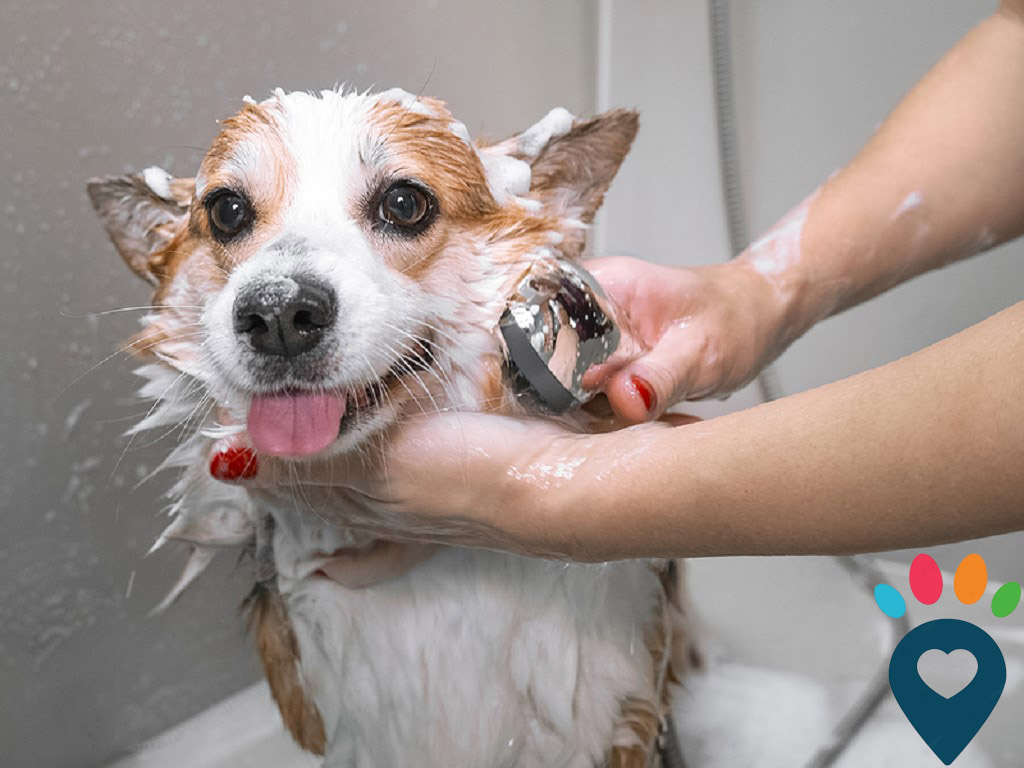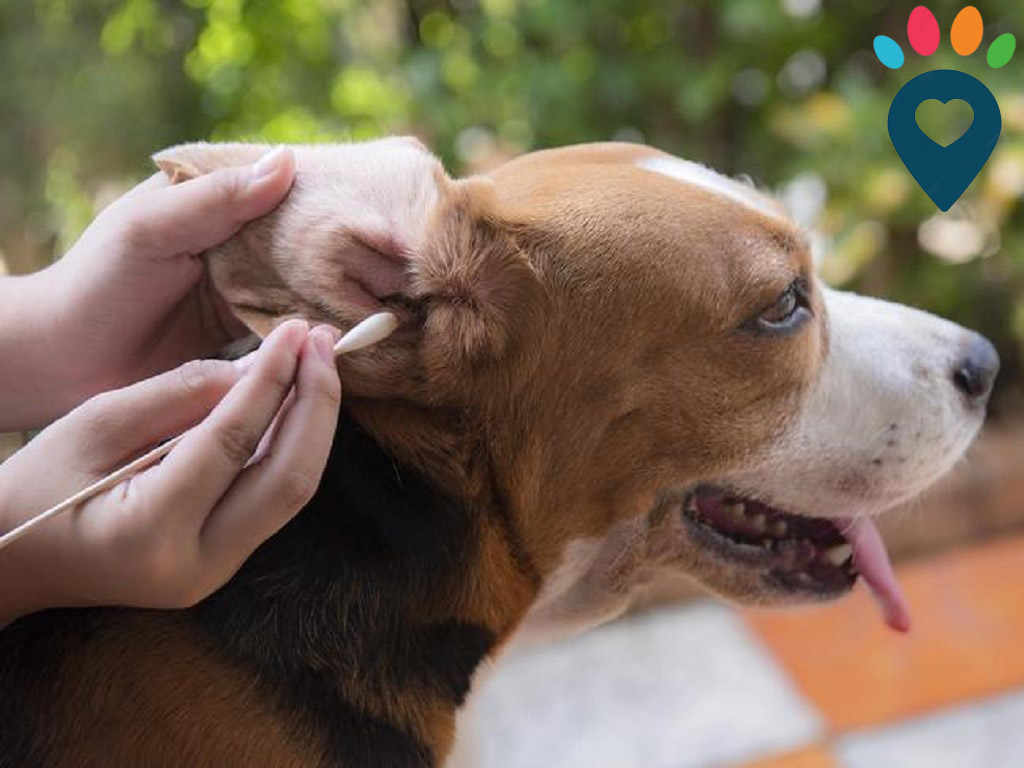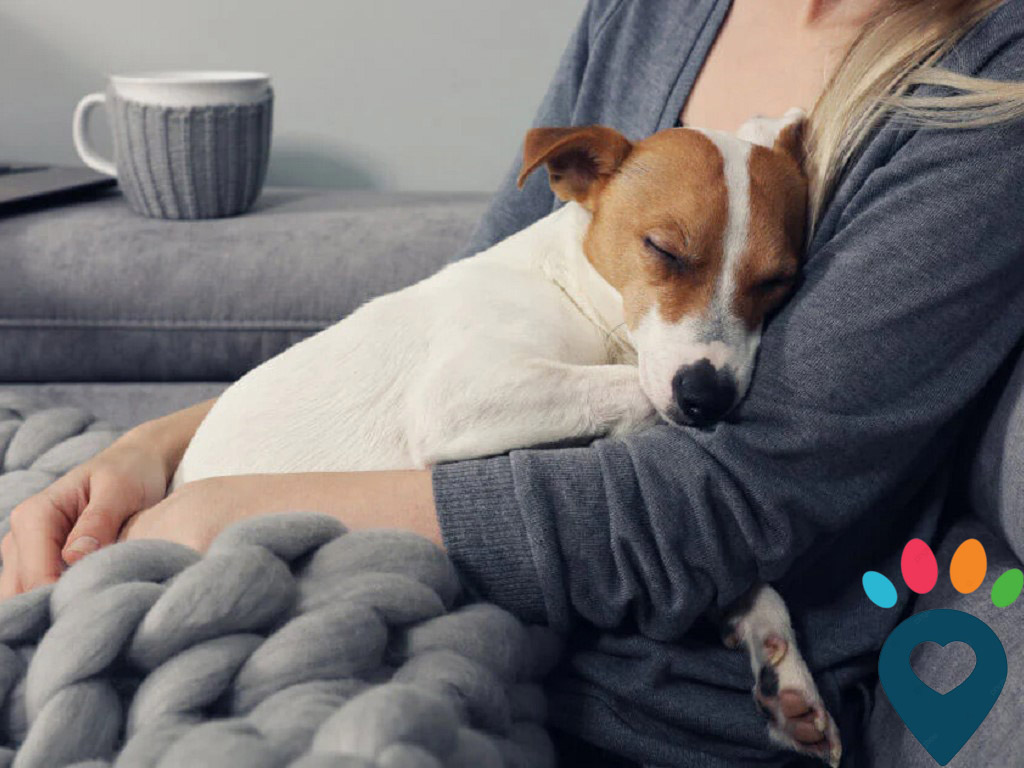
Tips for Stress-Free Dog Nail Trims
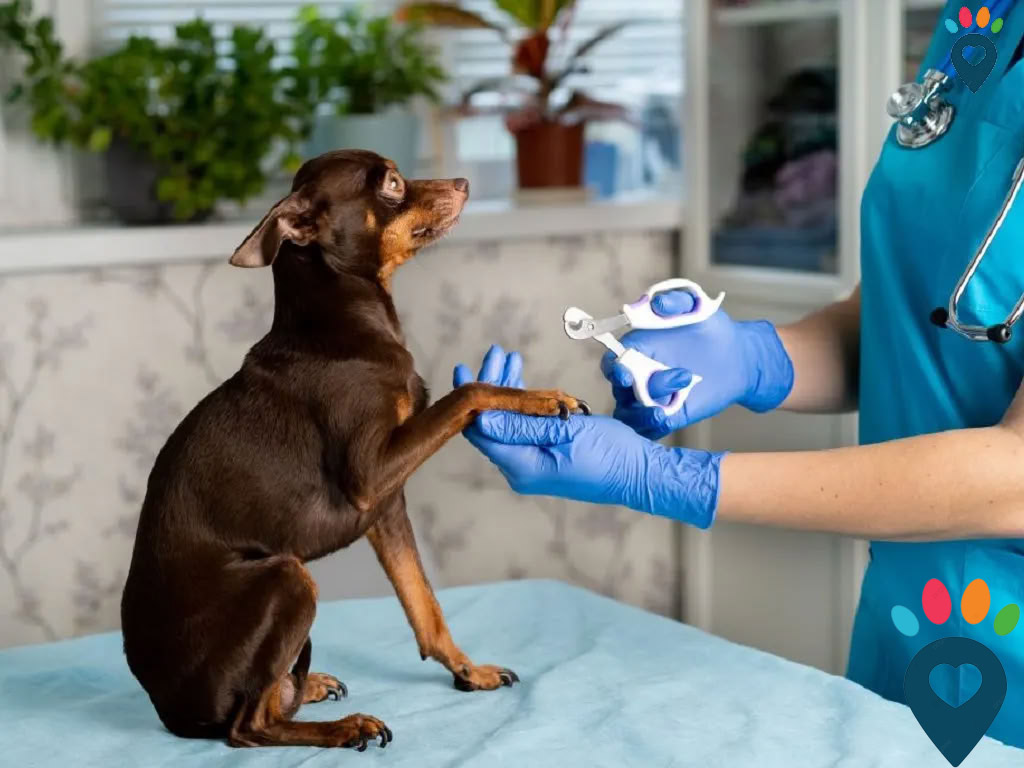
Trimming a dog’s nails is a nervous task for many petowners — and many dogs feel the same way. However, it’s an essential part of grooming that keeps your dog comfortable and healthy. Regular trimming also can help your dog prevent pain, posture issues, and injuries. With the right tools, proper technique, and a little patience, nail trimming can become a calm and positive experience. The following are some practical tips to make nail trimming easy and stress-free for both you and your dog.
Why Is Your Dog’s Nail Care Important?
Regular trimming is vital for your dog’s overall health and comfort. Here are a range of problems that may affect your dog’s quality of life because of overgrown nails.
Firstly, if your dog’s nails are too long, they press against the ground as the dog walks, causing pressure on the nail bed and leading to pain or limping.
Secondly, your dog’s long nails may change the way they stand and move. The long time unnatural posture may affect your dog’s joints and ligaments, especially for senior or dogs with arthritis.
Thirdly, just like humans, long nails are easier to snag or split, which can lead to bleeding, infections or broken nails.
Fourthly, your dog’s long nails can affect their ability to grip the floor properly, increasing the risk of slipping and falling.
Fiftly, if you don’t trim your dog’s nail, some nails may begin to curl inward and grow into the paw pad, causing severe pain, inflammation, or infection.
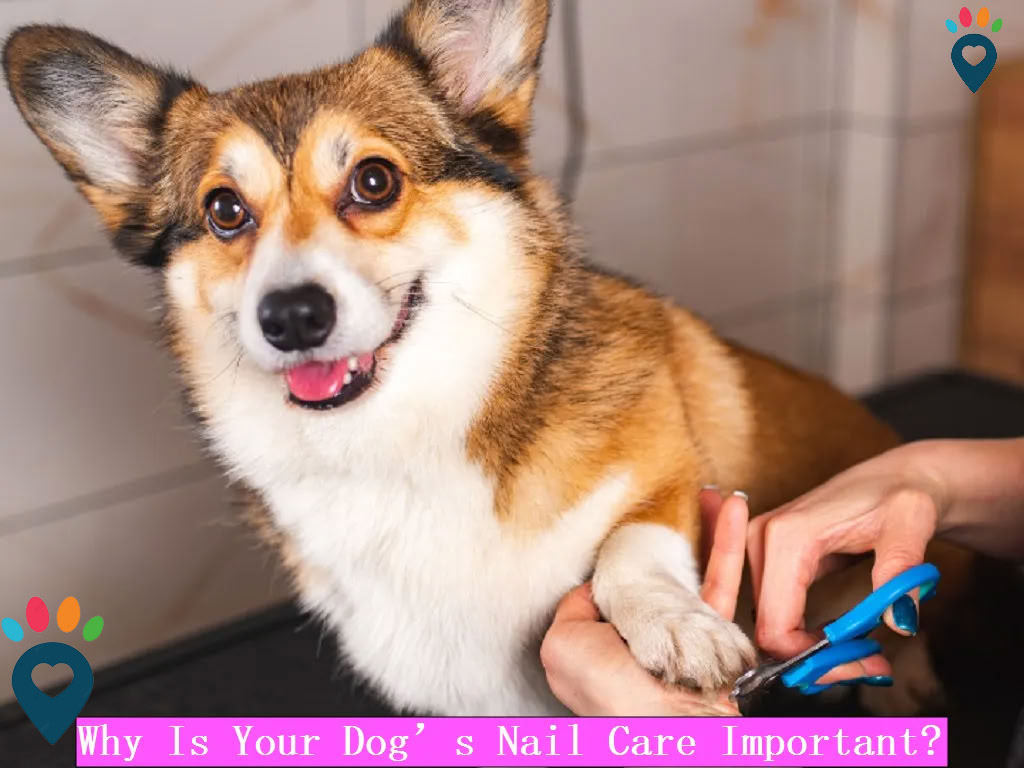
How Can You Make Nail Trims Less Stressful for Your Dog?
Although trimming nails is a tough and nervous process both for you and your dog, it can be a calm and even positive experience for your dog if you choose the right approach. Here are some helpful strategies to make nail trims easier and less stressful.
1.Start Young
Many experts suggest that introducing nail trims early in a dog’s life is very important, as puppies usually more receptive to new things. If you gently handle their paws and introduce clippers early on, it becomes a normal part of life instead of something scary or unfamiliar. Starting this routine at a young age can also help prevent your dog from developing a fear of the process later in life.
2.Stay Calm
Dogs are incredibly intuitive and can sense your emotions — if you're tense or anxious, your dog will likely react to that energy. And if you are stressed, you're more likely to make a mistake, such as cutting the quick or fumbling with the tools. While staying calm can not only reduce your dog’s anxiety and makes it easier to build positive associations with nail trimming, but also help your dog ensure safety and accuracy.
3.Choose The Right Tools
Using the right tools is important for trimming your dog’s nails, as right tools not only make the process safer and more efficient, but also help your dog feel more comfortable and less anxious. In fact, trimming tools are usually different for different dogs, for instance, tiny breeds need small clippers, but large dogs need heavy-duty clippers. While, using the inapropriate equipment, such as dull clippers, can crush or split your dog’s nails, which can be painful and make your dog fearful of future trims.
4.Use Positive Reinforcement
Rewarding your dog for calm behavior during nail trims is one of the most effective ways to reduce fear and build cooperation. Because if your dog gets a treat, praise, or playtime after each step of trimming, they will associate it with rewards. This way can help your dog reduce their anxiety and be more willing to cooperate with you.
5.Trim a Little at a Time
When your are trimming your dog’s nails, taking it slow and trimming just a little at a time is a more comfortable, safer, and more effective approach. Trimming just one or two nails at a time keeps the experience manageable and helps prevent fear from building. In addition, trimming a little at a time can make your dogget used to the sensation, sound, and handling, which can lead to greater cooperation in the future.
6.Ask for Help if Needed
Trimming a dog’s nail can be a challenging task for many petowners, especially if the dog is anxious, wiggly, or fearful. That’s why it’s perfectly okay to ask for help if needed. With someone else assisting, you can focus on trimming accurately without worrying about restraining your dog at the same time. And having another person gently hold or soothe your dog can help them feel more secure and reduce movement during the process. Additionally, seeking help from a vet, groomer, or experienced friend can improve your technique and boost your confidence.
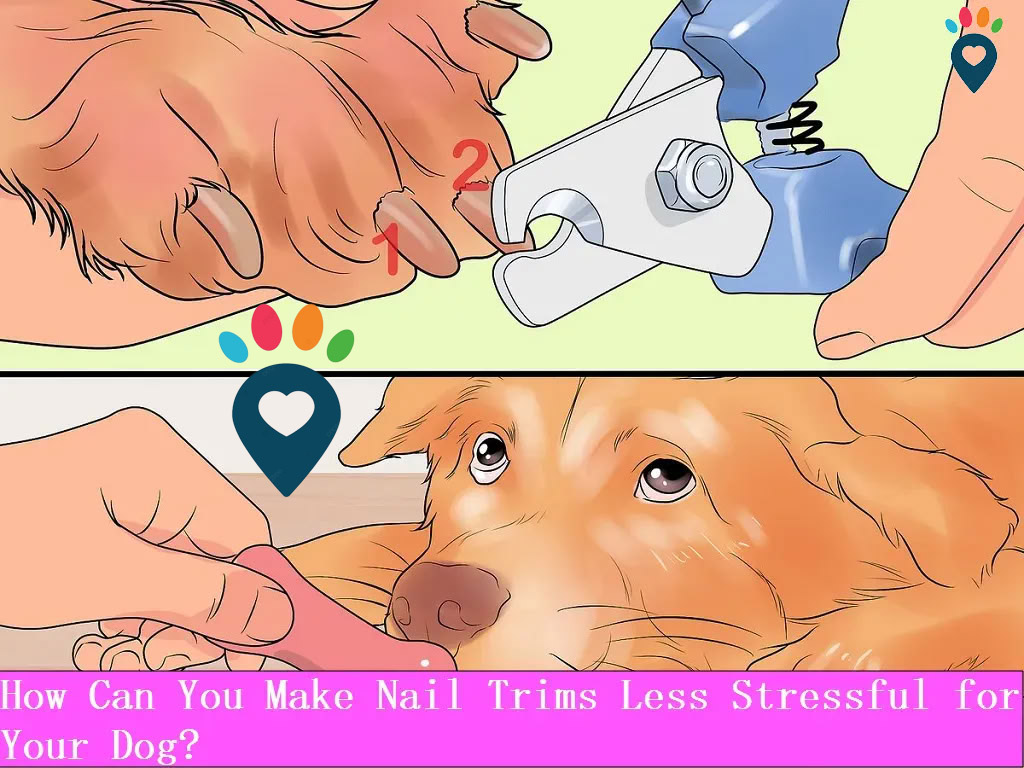
In fact, trimming your dog’s nails is not a tough task, nor does it require a trip to the pet store. As long as you choose proper equipment and right approach, your dog can be calm and trimming can be manageable part of their grooming routine. You can also reward your dog during trimming to reduce their stress and fear. Remember, it’s okay to take things slow and ask for help when needed. Not only does regular nail care support your dog’s health, but it also creates an opportunity to build a stronger, more trusting connection.
